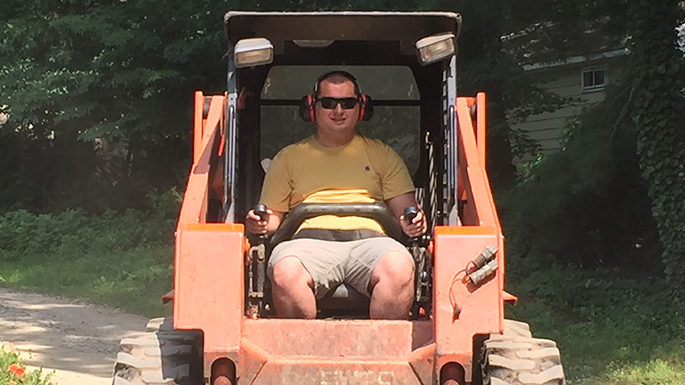|
Applied Behavior Analysis (ABA) is a therapy based on the science of learning and behavior that is typically used to help people with autism achieve their goals and learn the skills they need to reach their full potential. It applies researchers’ understanding of how behavior works in real-life situations. The goal is to increase behaviors that are meaningful in the person’s life, to develop skills that allow people to learn and participate in their chosen activities and to create a reinforcing environment appropriate to each person that supports development of new skills. The following information is designed to help you determine if ABA therapy is the right choice for you or your child with autism and how to choose an ABA provider.
In this edition of E-Speaks, you will read about three autistic individuals’ personal and professional experiences with ABA and other behavioral interventions. You will also learn what ABA therapy typically looks like for children and adults, the right questions to ask when seeking out a provider and red flags to avoid.
Questions and answers about ABA therapy

ABA is the most common type of intervention for people with autism, but it is still widely misunderstood. The truth is that ABA is a highly individualized therapy that can be different for every person and practitioner. Read on to learn what appropriate ABA looks like, the most common approaches to the therapy, and ways ABA principles can be applied to support autistic people throughout their lifespans.
ABA: What is it and what it means to me

Many people think that ABA is only meant for children, but the therapy can also have huge benefits for adults. In this blog post, one autistic community member shares how her experience with ABA as an adult helped her learn new skills, pick up a new hobby and make progress on her goals.
Getting started with ABA: Asking the right questions

ABA therapy starts with finding a good Board-Certified Behavior Analyst (BCBA) — but this is often easier said than done. Choosing a therapist is a complicated process, but with the help of this article you can learn the right questions to ask a potential provider and red flags to look out for that might signal a harmful approach.
ABA from a personal and professional perspective

When Chanel K., BCBA, was diagnosed with autism and other disorders at age 28, the news caught her by surprise — but the diagnosis only brought her closer to her career in behavioral therapy.
Read about her journey receiving an autism diagnosis as an adult, the strengths and challenges that led her to a career in ABA, and her unique perspective on ABA therapy.
A lifetime of critical services and supports helped a young autistic man believe in himself

Jason H. is a young man with autism working as a farmhand while he studies to earn his bachelor’s degree in film studies. Here, he shares how early intervention therapies helped him cope with his differences as a child and prepared him for independent living as an adult.
Learn more about how ABA and other therapies can help you overcome harmful behaviors

People with autism often struggle with behaviors that are harmful or dangerous, which can be hard on them and their families. Behavioral therapies like ABA can help people understand the reasons for these behaviors and teach them healthier ways to communicate those needs. Click here to browse our resources around behavioral challenges and therapies and get the support you need. 
|
![]()
![]()